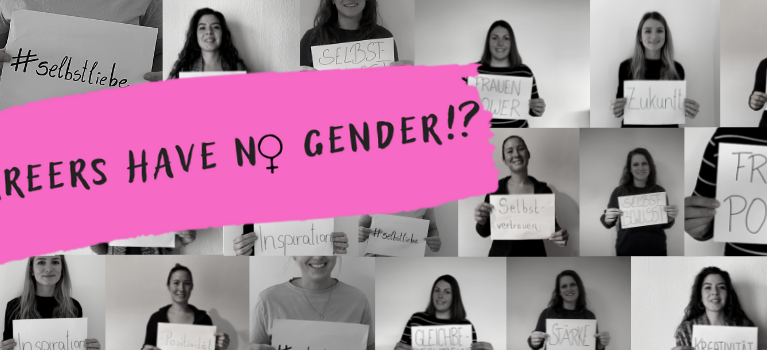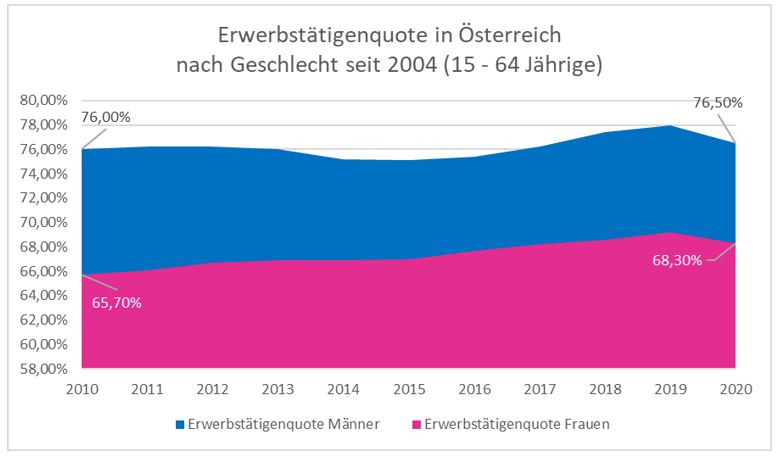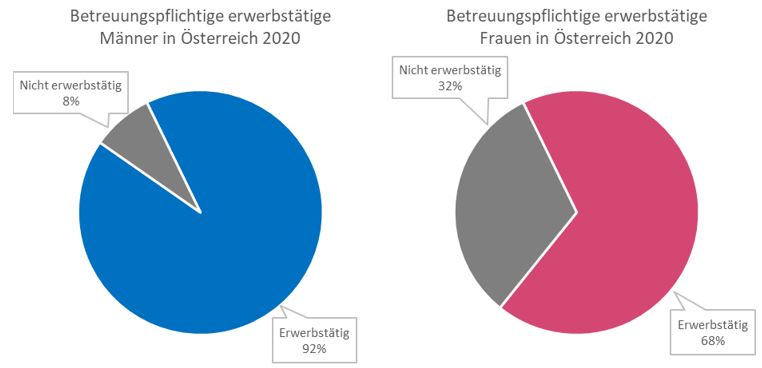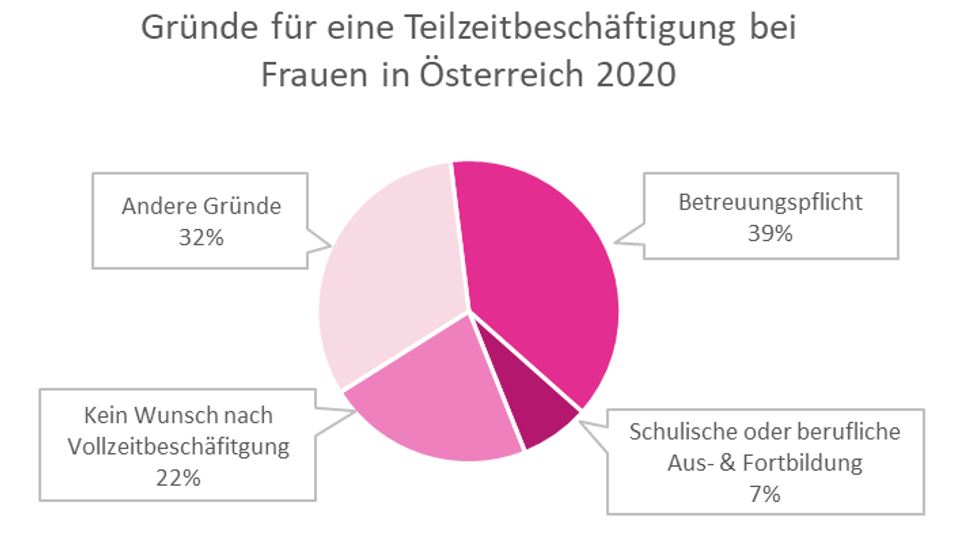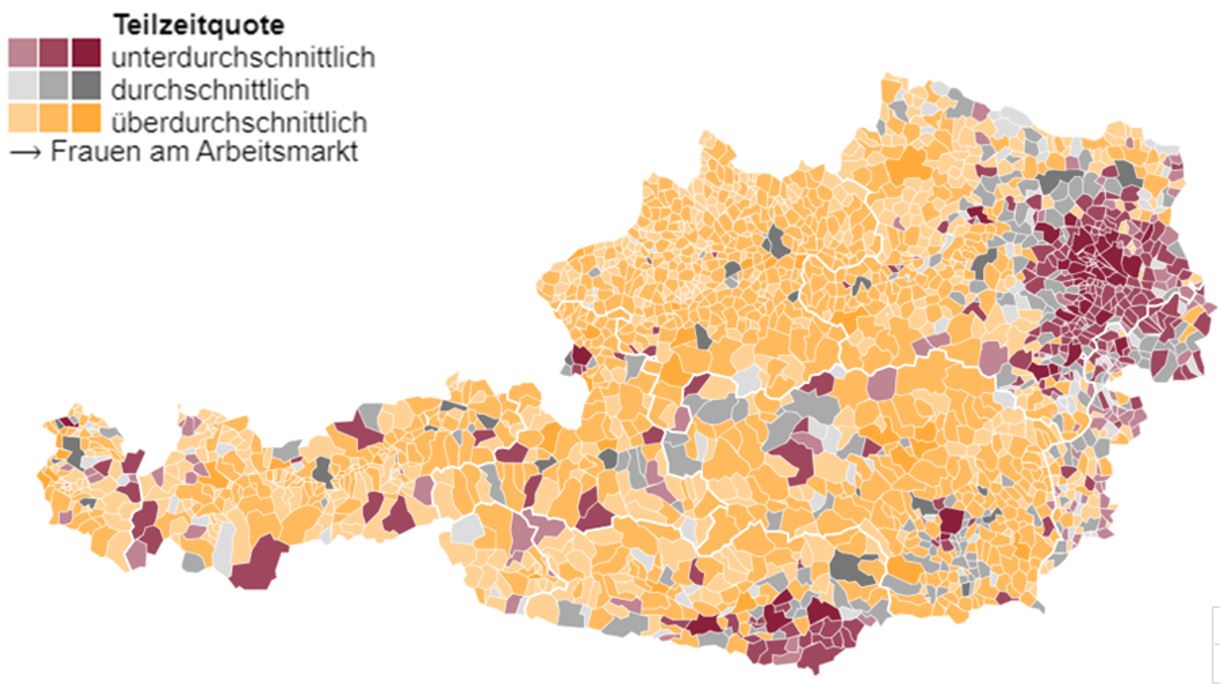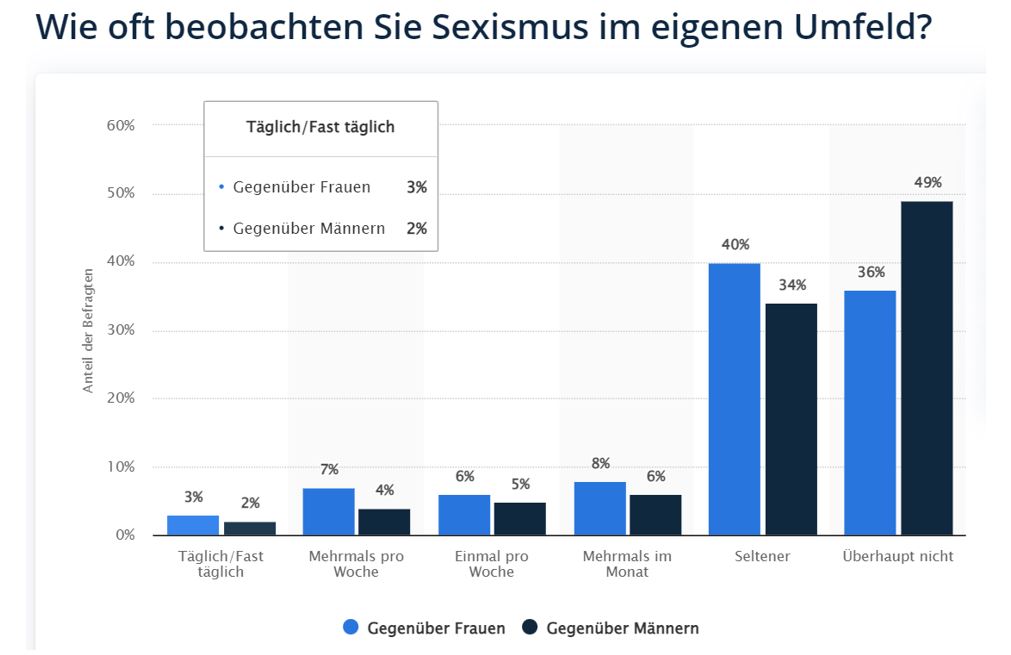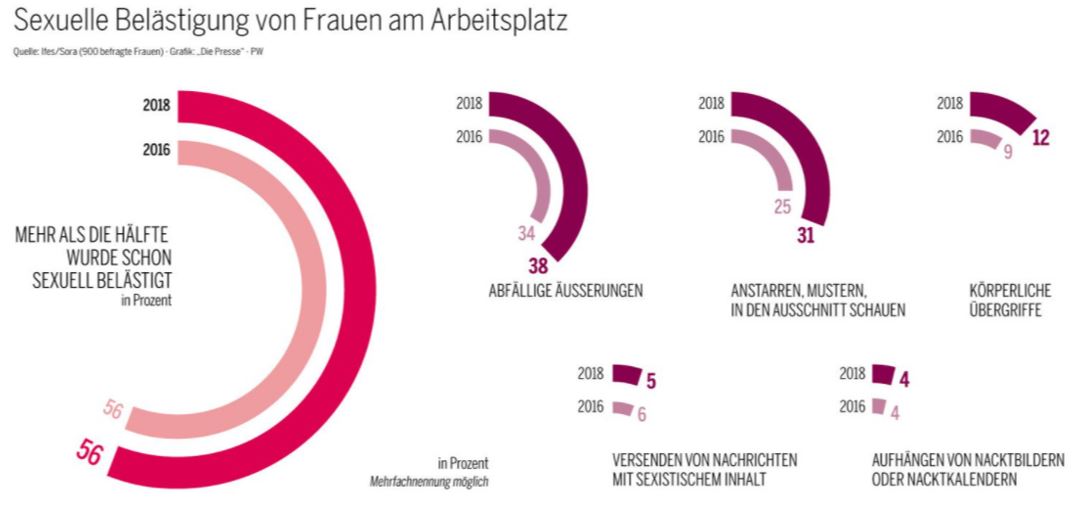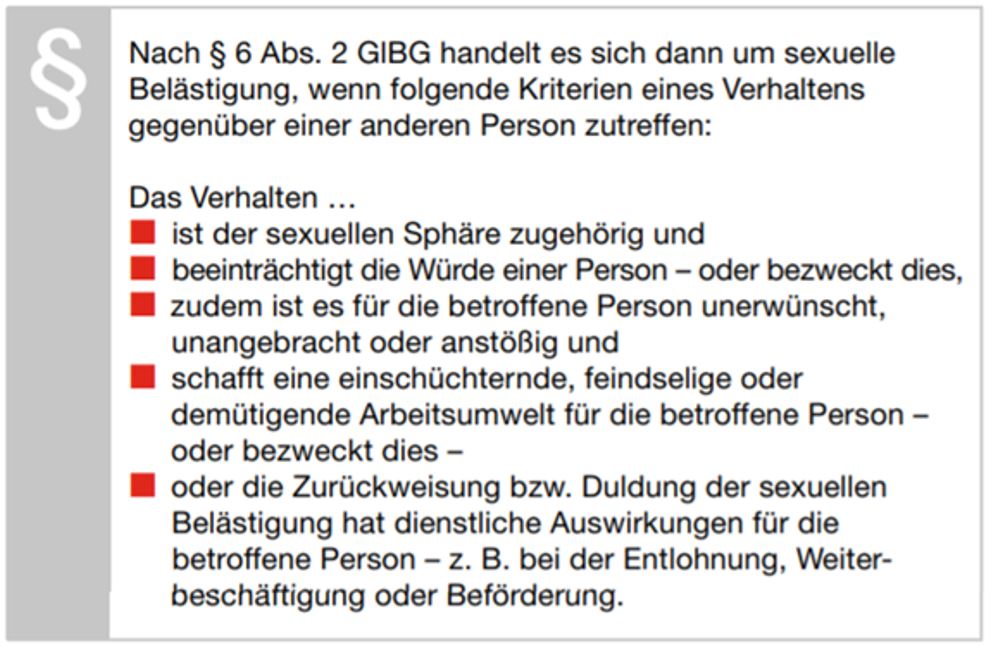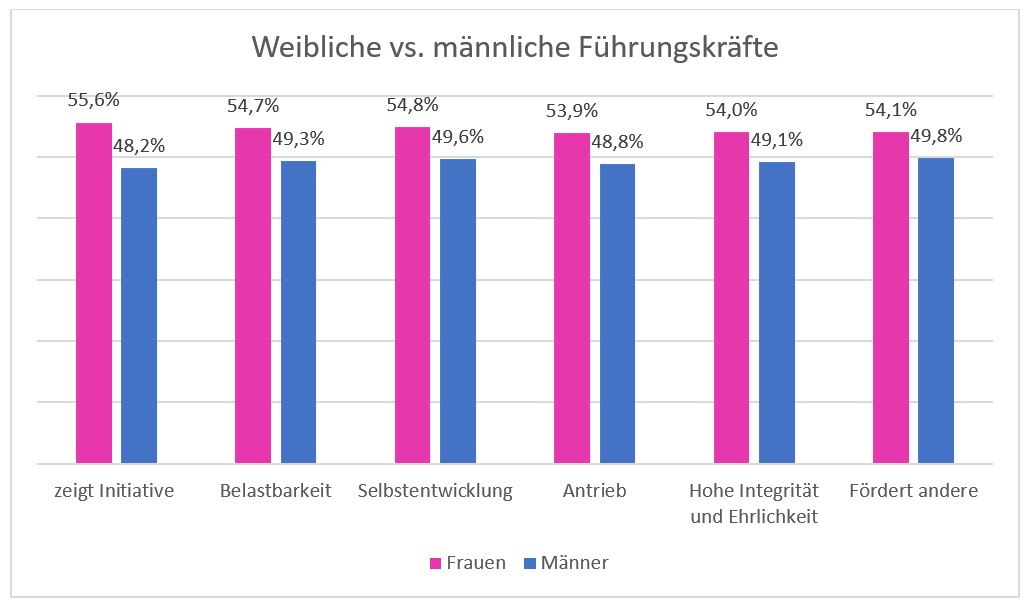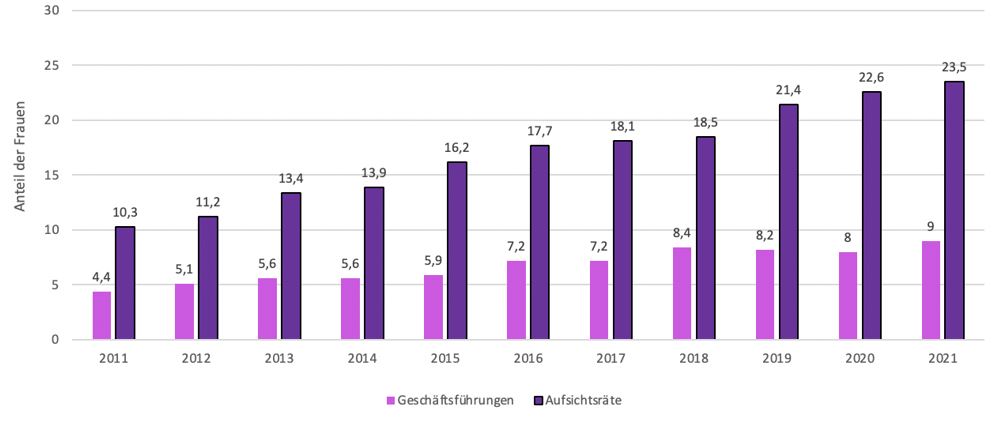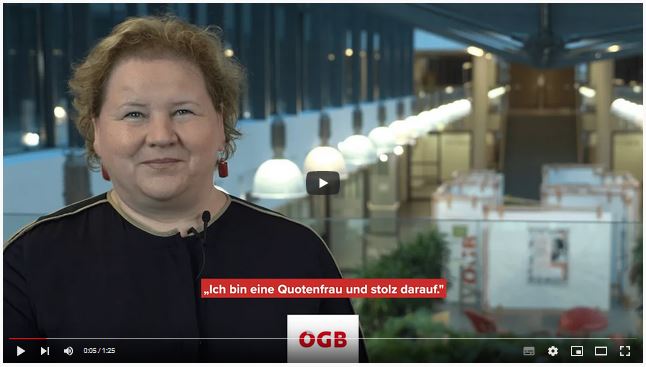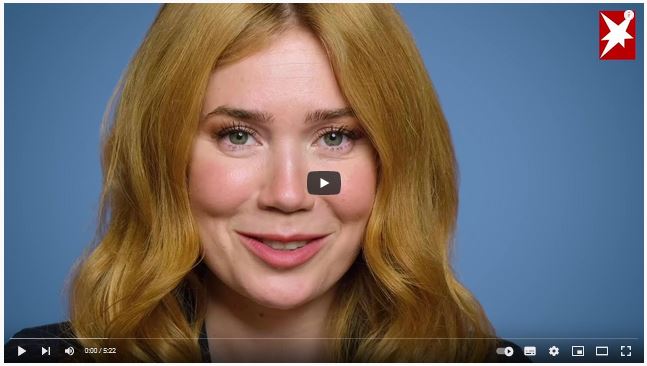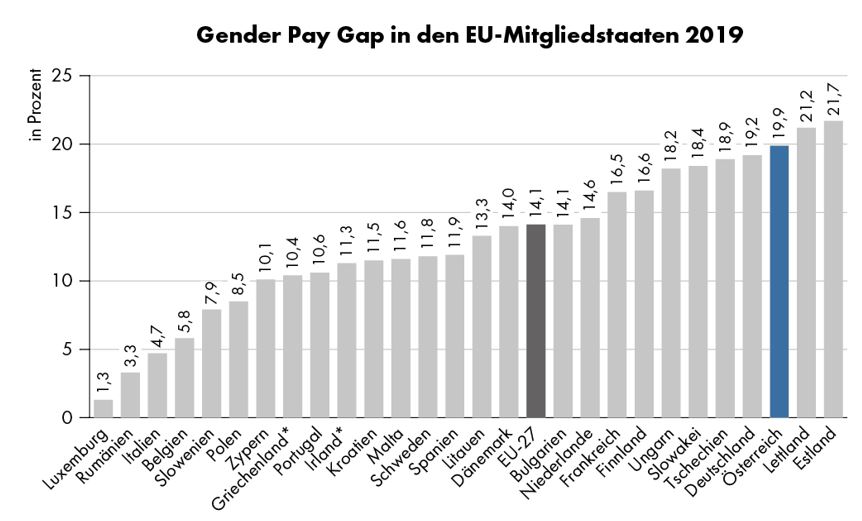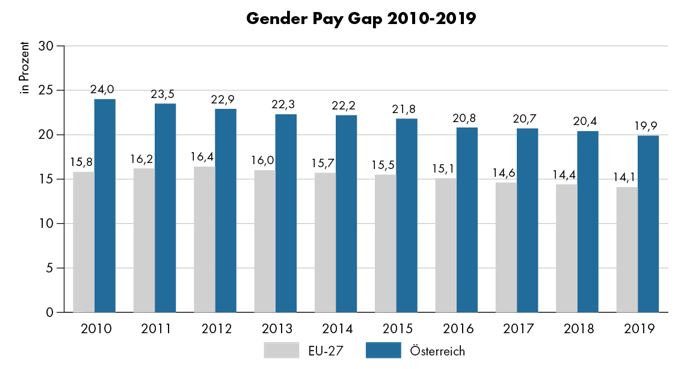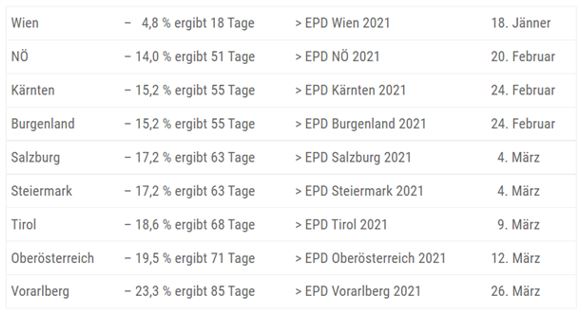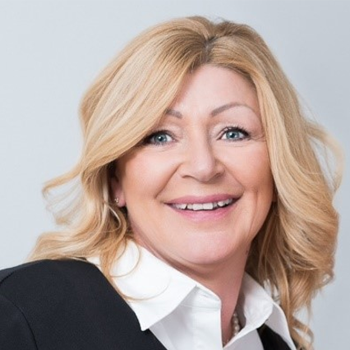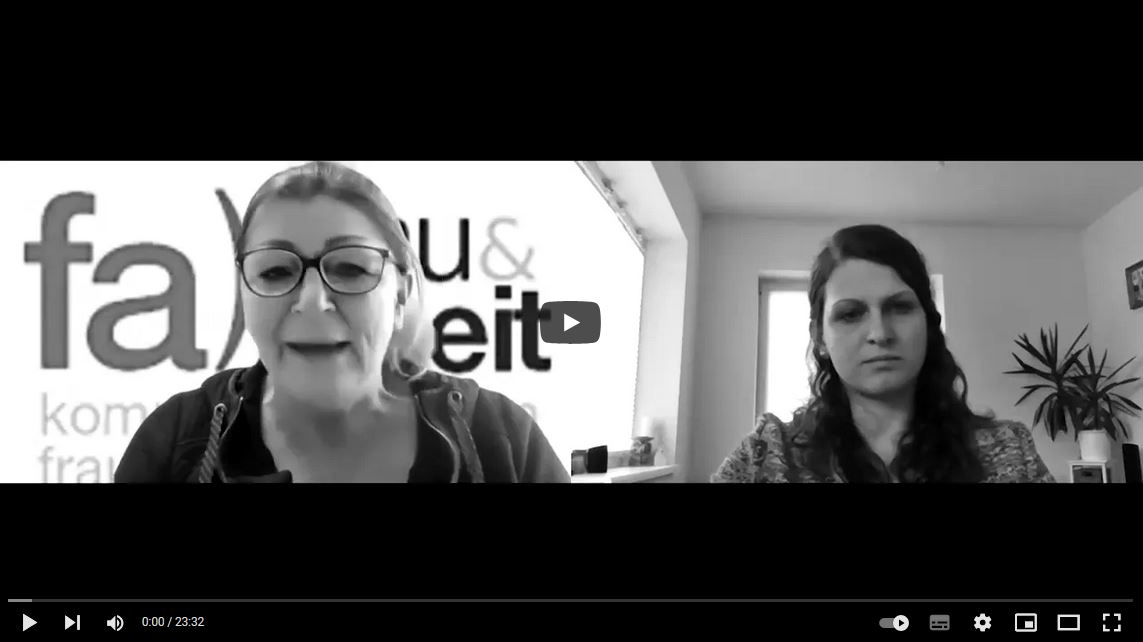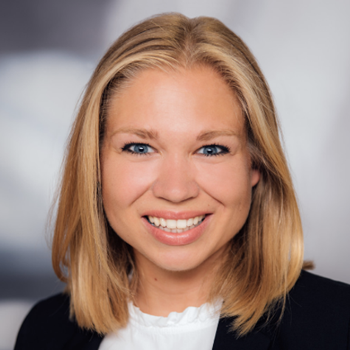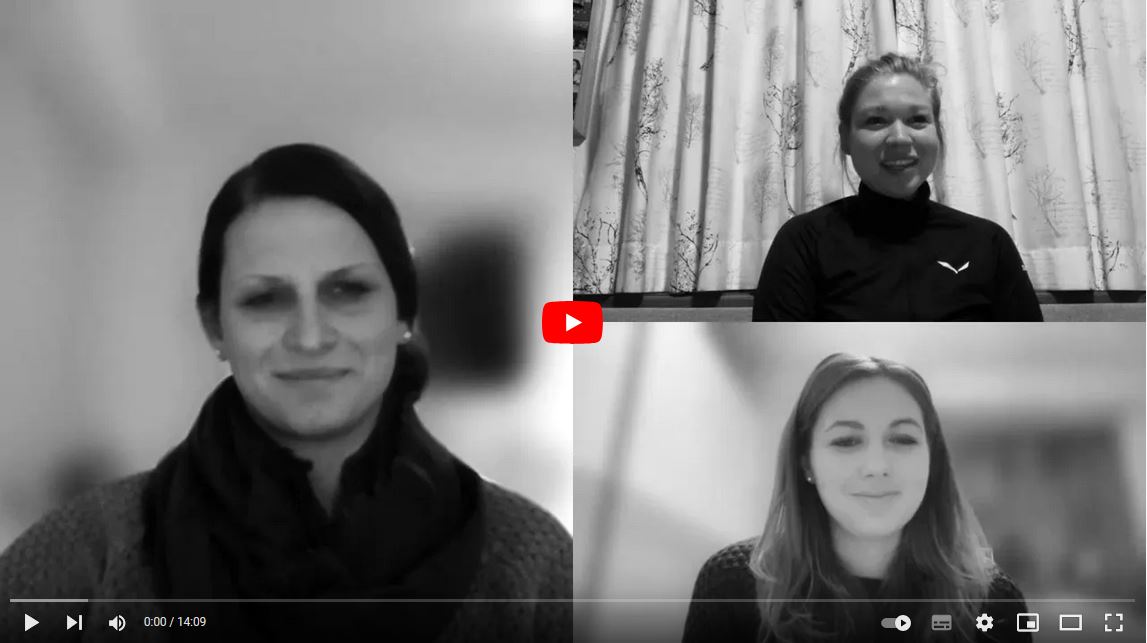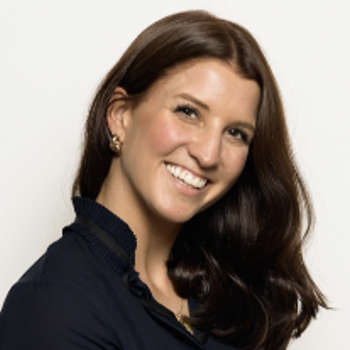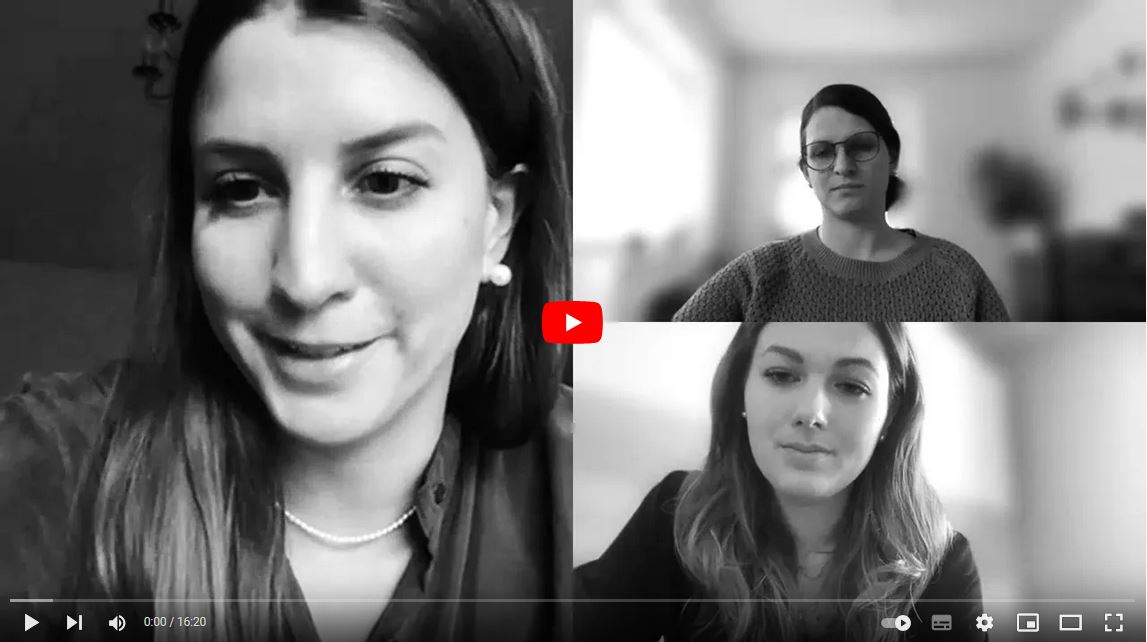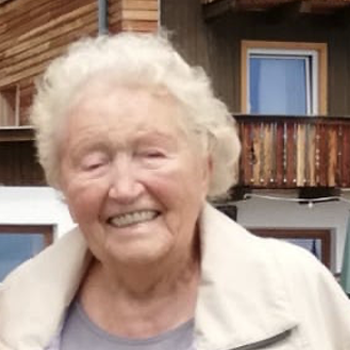Studierende des Studiengangs Unternehmensführung der Kufsteiner Fachhochschule nahmen erfolgreich an einem Blended Intensive Program in Vilnius teil. Im Vordergrund standen transnationale Zusammenarbeit und kultureller Austausch.
Careers have no Gender!?
This page is based on research conducted and published between October 2021 and January 2022.
Diversity Matters – Careers Have No Gender!? was a research project conducted by students in the B.A. program in Sports, Culture & Event Management. Its purpose was to highlight inequalities in the treatment of women and men in the world of work. Specifically, students aimed to:
- Make people think
- Highlight discrimination
- Give women the confidence and courage for self-actualization
- Inspire girls and women
Did you know that women work for free every 7th year of their professional lives?
Careers Have No Gender!? was made possible by the generous sponsorship of Sparkasse Kufstein. Next to fascinating facts and insightful input from interesting interview partners, the project is also full of #believeinyourself moments.
JOIN US!
To the press release on the occasion of the project completion
Key Facts About the Project and the Topic
Our project is addressed not just at young women making their way into professional life, but at anyone who would like to learn more about the inequalities between men and women that still exist in today’s world of work. This year’s practical project Careers Have No Gender!? is divided into three focal areas. Follow us on Instagram and Facebook or browse our website to learn more about women in the workplace, women in leadership positions, as well as the gender pay gap.
You can expect interesting facts and at times shocking figures on these issues, as well as insightful and eye-opening interviews and podcasts dealing with the various focal areas. For instance, Sarah Ager and Klara Fuchs, two well-known bloggers and content creators, share their views on some of the central issues at hand. On the question of how a career can be made compatible with family life and caregiving responsibilities, we were able to interview Andrea Kirchtag, Managing Director of the non-profit consultancy Frau und Arbeit (‘Women and the World of Work’). Katrin Bach, Director of Studies at the Management Center Innsbruck, as well as Klara Brandstätter, Managing Director at I.C.E.T. Hermann Hauser Management, were interviewed about their experiences as women in leadership positions. Finally, 93-year-old Frieda Goritschnig from Carinthia provides us with a historical perspective, giving us insights into what the world of work was like for women in times past.
Your Diversity Matters Team: Careers should have no gender!
Women in the World of Work
Although female participation in the labor force has generally increased over the past 10 years, as of 2020 there was still a ten percentage-point difference in the participation rates of men and women.
Original work based on data from: Statistics Austria
The main reason for this gender gap in employment is caregiving responsibilities, which in most families is still the duty of women. For parents with children in need of care (below the age of 15), there was a much more pronounced spread of 23.9 percentage points in 2020 in the labor force participation rates of men and women. The following chart (annotation in German) demonstrates this clear difference:
Source: Original work based on data from Statistics Austria
Almost half of all women in the Austrian labor force (47.3% in 2020) work part-time. By comparison, only 10.7% of men in the labor force were employed part-time in 2020. In sum, almost 80% of all part-time employees are women. But what is the cause of this stark contrast? Primarily, the reason for part-time employment among women is still their caregiving responsibilities:
Source: Original work based on data from Statistics Austria
As this data makes clear, the main reason that many women work part-time is their caregiving responsibilities. While all-day childcare is widely available in urban areas, there is a lack of childcare offerings with the necessary flexibility in many rural areas. This sad state of affairs is reflected in the rate of women working part-time in Austria:
Part-time employment share among women aged 25-60, as of the end of October 2015. Annotation in German. Source: Addendum.org
In order to enable women in Austria to work full-time, the framework conditions must be adapted and the right incentives must be put in place, according to experts. In addition to the expansion of all-day, flexible, and affordable childcare facilities, there is also a need for a general rethinking and breaking up of entrenched work structures, for instance through a general reduction of the full-time workload or by introducing a 4-day workweek.
Disadvantages of working part-time:
- Reduced income (see Gender Pay Gap below)
- Poorer chances of promotion
- Reduced unemployment benefits
- Lower retirement benefits
- More unpaid work
Advantages of working part-time:
- Part-time employment is what enables many women to work in the first place, next to their caregiving responsibilities. It is thus the main reason why labor-force participation of women has been on the rise.
- More time spent with family members
- Improved work-life balance
Sources (in German):
- Statistik Austria
- Addendum.org
- Wieso Frauen in der Teilzeit hängenbleiben | Wiener Zeitung
In order to be able to combine family life and their jobs in the best possible way, most women take a back seat when it comes to their career opportunities, as was explained above in the section on the trap of part-time work. In the fall of 2021, manager Kaitlyn Chang sparked a renewed discussion of the disadvantages of motherhood in the world of work with the hashtag #momtoo. She gave a talk in Vienna that highlighted the disadvantages working mothers face, as well as the advantages of fatherhood. But it wasn’t so much what she said that caused an uproar: Throughout the lecture, her six-month-old daughter slept at her breast.
Kaitlyn Chang, fall 2021, Photo: Niklas Schnaubelt
In this way, she breaks a taboo subject for many women who try to combine family life and work. She wants to show that mothers can also be professionals and criticizes the fact that being a father rarely leads to such disadvantages for men in professional life as it does for women. Being discriminated against for being a parent can manifest itself in many different ways, sometimes directly, such as in the low percentage of women in management positions or in a lower salary for mothers/fathers on parental leave, but also indirectly, for example when parents are no longer assigned tasks or are seen as less professional.
Kaitlyn Chang sees a hybrid work culture as a possible way to master the balancing act between family life and professional life. Flexible working models, individualized working-from-home arrangements, or job sharing are all elements of a structure that would enable parents (particularly mothers) to achieve a more successful balance between the different aspects of their lives. However, it needs to be emphasized that such a work culture is ultimately a luxury not realistic for many employees, for example those working in retail, but rather a privilege only some in society can take advantage of.
Source (in German): Momtoo - arbeitende Mütter machen berufliche Nachteile sichtbar | Der Standard.at
Sexism is defined as the systematic discrimination against people on the basis of their gender.
Sexism is still cited as the most common reason for discrimination against women. Not all women experience discrimination based solely on their gender, though. And men are also affected by these other forms of discrimination. They are just as likely to be victims of racism, homophobia, disablism and/or classism.
When it comes to sexism, both women and men are affected by it. Men, too, are restricted by the sexist gender model, but take on a distinct role in it. Women experience sexism differently and more often in a negative way.
Gender stereotypes form the basis of sexism. This term refers to certain social conceptions about men and women that are in turn associated with gender-based behavioral expectations (i.e., gender roles).
In a survey conducted by the DELTA Institute in December 2018, almost half of the respondents stated that they do not experience sexism towards men in their own environment. The table below shows that women are more affected by this form of discrimination than men.
Data and image source: Statista
Sources (in German):
- Sexismus | Stadt Wien, Frauenservice
- | arbeiterkammer.at
Discrimination refers to any form of unjustified disparate or unequal treatment of individuals or groups based on various perceptible or imperceptible characteristics.
In Austria, the Equal Treatment Act (Gleichbehandlungsgesetz, GlBG) regulates, among others, “equal treatment in the world of work,” the “equal treatment [of people] without distinction as to ethnicity in other areas of life,” but also the “equal treatment of women and men in the access to and supply of goods and services.” Women and men must not be treated differently in the supply of goods and services! For example, discrimination against women on the basis of pregnancy or maternity constitutes direct discrimination on the basis of sex.
Sources (in German):
- Antidiskriminierung Definition | Stadt Wien
- Dokumente und Recht: Gleichbehandlung | Österreich.gv.at
In 2018, one year after the #MeToo debate took off, the two social research institutes Ifes and Sora conducted a survey on sexual harassment in the workplace. Around 900 women throughout Austria were surveyed for this purpose. According to the results, 56 % of the women reported personal experiences of harassment. For instance, 38 % of the women stated that they were definitely affected by derogatory remarks (e.g., sexist jokes) in their work environment. A similar survey on sexism had already been conducted in 2016. At that time, only 34% of women said they were affected by derogatory remarks. Thus, the #MeToo debate may have contributed to the fact that more women are now prepared to share their experiences with the public.
Data and image source: Survey by Ifes/Sora (900 respondents); Die Presse
“More than one in two women has experienced sexual harassment at work. Current cases show that sexual harassment by superiors is unfortunately not yet a thing of the past, even more than 3 years after the #metoo debate. This in compounded, in particular, by concerns about job security. The victims want to do something about the problem, but are often afraid of losing their jobs. This creates additional pressure on the victims.”
Sources (in German):
- Jede zweite Frau wird im Job belästigt | Die Presse
- Mehr Beschwerden über sexuelle Belästigung im Job | Der Standard.at
Quelle: Arbeiterkammer Wien, 2020
Pursuant to Section 6(2) Equal Treatment Act (Gleichbehandlungsgesetz, GIBG), sexual harassment is defined as behavior towards another person that meets the following criteria:
The behavior...
- belongs to the sexual sphere and
- impairs the dignity of the person – or is intended to do so,
- in addition, it is undesirable, inappropriate, or offensive for the person concerned, and
- creates an intimidating, hostile, or humiliating work environment for the individual concerned – or is intended to do so
- or the rejection or toleration of the sexual harassment would have an impact on the professional life of the affected person, e.g., in pay, or in questions concerning the continuation of employment or promotion of that person.
Source: Vienna Chamber of Labour, 2020
How does sexual harassment manifest itself in professional life?
Sexual harassment can take on many forms. Its manifestations are divided into the categories verbal harassment, nonverbal harassment, and physical assault.
Which charges are the people affected often confronted with?
Even in a post-#metoo world, sexual harassment is discussed in many different ways in society. The people affected are often portrayed as oversensitive and their reactions to sexual harassment are described as exaggerated and inappropriate.
Effects on people’s health and performance at work
Harassment not only affects the physical and mental health of the people affected, but can also have severe effects on their performance at work.
What does the law say?
- Protections of the Equal Treatment Act (Gleichbehandlungsgesetz, GIBG)
Sexual harassment is expressly prohibited by law! - Legal consequences of sexual harassment
A minimum amount of damages paid to the victim and the immediate cessation of the harassing behavior are stipulated by law as the minimum legal consequences.
Sources and further information (in German):
- Diskriminierung | Arbeiterkammer.at
- Beratung | Autonomes Frauenzentrum
- Sexuelle Gewalt - Angebote | BAFÖ Frauenberatung
Women in Leadership Positions
Many studies confirm that companies with female managers are more innovative, productive, and profitable. This was also the result of a study by the consulting firm Zenger/Folkmann, published in 2019. The results show that women are more resilient, can more effectively foster their own and others’ development, and more frequently demonstrate initiative. Women performed better than their male counterparts in 84% of all the competencies measured. The study also indicated that women are perceived by their superiors as more effective than men.
. Original work based on a study published in the Harvard Business Review-Studie (Zenger Folkman 2019)
However, most companies do not yet take advantage of these benefits. A study by the World Economic Forum found that it will take another 276 years before equality is achieved in the economic participation of women. In other words, full equality will only be experienced by our great-granddaughters in the eighth generation!
Additional Sources:
- Das unausgeschöpfte Potenzial von Frauen in der Arbeitswelt | Forbes Magazin | FEB29 Medien- und Verlags GmbH
- Global Gender Gap Report 2020 | World Economic Forum
- Research: Women Score Higher Than Men in Most Leadership Skills | Harvard Business Review
According to the Austrian Trade Union Federation, the vast majority of top positions in Austrian companies are still held by men.
Data from 2019 (so from before the Covid pandemic) shows that men and women with the same educational qualifications are differently represented in the various strata of professional life. On the whole, more men worked in managerial positions, whereas women were more represented in mid-level positions. For instance, among women who graduated from vocational high schools, 54.1% work in mid-level positions and only 25.5% work in managerial positions. In contrast, among men who graduated from vocational high schools, only 30.6% work in mid-level positions and a majority of 37.9% work in managerial positions. Of particular note is that the difference is even more pronounced for college and university graduates. Among men with a degree from a university of university of applied sciences (UAS), 18.9% work in managerial positions, while the corresponding number for women with the same level of education is only 8.6%. At the same time, more women (19.9%) than men (16.3%) in the population aged 25-64 hold a degree from a UAS or university.
To this day, there is an unequal representation of women and men in management and decision-making positions in politics, business, and the sciences. Comparatively speaking, the representation of women in management positions is highest in the finance sector and weakest in industry/trade.
At the beginning of 2021, only 9% of management board positions and only 23.5% of supervisory board positions at the 200 highest-revenue companies in Austria were held by women.
Representation of women on management and supervisory boards (2011-2021)
Source: Original work based on data from Statista
Sources (in German):
- Immer noch zu wenige Frauen in Führungspositionen | ÖGB.at
- Umfrage: Frauen in Führungspositionen | Statista.com
- Geschlechtergleichheit: Frauen in Führungspositionen | Statistik Austria
- Frauen in wirtschaftlichen Führungspositionen | Bundeskanzleramt
As a point of reference in relation to the situation in Austria, in Germany the representation of women in leadership positions at the 200 biggest companies in the year 2020 was 11.5% for management boards and 29.9% for supervisory boards.
In Switzerland, the numbers for 2018 were 8.8% female representation on management boards and 35.6% female representation on supervisory boards. In these two neighboring countries, the respective numbers have been on the rise in recent years and tend to be significantly higher than in Austria.
Source: Survey - Umfrage: Frauen in Führungspositionen in Österreich | Statista.com
In order to increase the representation of women, female representatives of the Austrian Trade Union Federation in particular are calling for the introduction of a mandatory women’s quota on supervisory boards that should apply throughout Europe.
Quelle: Immer noch zu wenige Frauen in Führungspositionen ('Still Too Few Women in Leadership Positions')| Austrian Trade Union Federation
Videos "Ich bin eine Quotenfrau" ('I Am a Quota Woman')
Interview with Korinna Schumann, Vice President of the Austrian Trade Union Federation (ÖGB) and Chair of the ÖGB Women’s Caucus
Quelle: Youtube | Austrian Trade Union Federation, February 1, 2021
Trailer "Ich bin eine Quotenfrau"
In the documentary series "Ich bin eine Quotenfrau" (‘I Am a Quota Woman’), 40 women break the taboo around the women’s quota. Produced by Magazin Stern, first episode aired November 2020.
Source: Youtube | Magazin Stern, November 25, 2020
As important as this aspect is, increasing the quota of women in management positions and thus promoting gender parity is no longer enough. In addition, we need a wide-ranging and inclusive discussion of the issue of diversity.
The topic of diversity should be strategically anchored and pursued by both company leadership as well as human resources management, and should be a clear business objective.
Source (in German): Frauen in Top-Führungspositionen haben eine Sogwirkung für weibliche Nachwuchskräfte | Interview with Nicole Voigt, Managing Director & Partner at Boston Consulting Group | Consulting.de
Gender Pay Gap
Nearly everyone has heard of the gender pay gap. But what exactly does this term refer to?
The gender pay gap is the wage difference, expressed as a percentage, between men and women. It is calculated as the difference between the average gross hourly earnings of men and women, which is in turn expressed as a percentage of the average gross hourly earnings of men. Analyses are based on data from private sector companies with ten or more employees. In the European Union, average gross hourly earnings are used in the calculations in all member states for comparability purposes, as this allows the figures to be compared irrespective of total working hours.
This difference in earnings (gender pay gap) is seen as an indicator of a lack of equal treatment. There are many reasons for this wage gap, including different career paths and the occupational fields commonly chosen by men and women. Only 6.4% of the gender pay gap can be explained by taking into account factors such as industry (2.9%), extent of employment (2.6%), company affiliation (1.7%), and occupation (1.6%). The remaining 14% of the current difference cannot be explained with reference to any of these factors.
As data processing takes some time, figures on the gender pay gap are published with a slight delay. The most recent analyses available were published in March 2021, reflecting data collected in 2019.
Sources (in German):
- Gender Statistik - Einkommen | Statistics Austria
- Teil der Lohndifferenz kann durch Unterschiede am Arbeitsmarkt erklärt werden | Statistics Austria
Two distinct quantities can be measured: The unadjusted gender pay gap and the adjusted one.
Adjusted gender pay gap
To arrive at the adjusted gender pay gap, structural factors are eliminated. It thus reflects the remaining pay gap for workers with comparable qualifications, professional duties, and employment biographies. By factoring out structural differences, it is possible to make statements about differences in pay between the genders ceteris paribus, i.e., all other things being equal.
Unadjusted gender pay gap
The unadjusted gender pay gap is a raw measurement that also reflects different career paths and differences in the occupational choices of men and women. It is thus calculated without any adjustments for structural differences in the employment realities of the genders.
NOTE! Since gender-specific structural differences are deliberately eliminated from the adjusted version of the gender pay gap, it must not be forgotten that this number is purely statistical. Many of the inequalities that actually exist in the labor market are not fully reflected in this calculation. In reality, these differences and the resulting pay disparities remain. It is therefore always useful to consider both numbers, the adjusted and the unadjusted gender pay gaps, side by side.
Source (in German):
- (Statistische Nachrichten 6/2021) | Tamara Geisberger and Thomas Glaser (acessed December 22, 2021)
In 2019, men in the private sector in Austria on average earned 19.9% more than women with the same qualifications doing the same work. Across Europe, the gender pay gap is only greater in Estonia and Latvia. Averaged across the entire European Union, women’s earnings are 14.1 % lower. There are enormous differences between the individual member states, as can be seen in the statistics below.
Source: Eurostat. Gender pay gap (unadjusted), Created March 1, 2021. Difference between average gross hourly earnings of women and men in companies with ten or more employees in the private sector. EU-27 (excluding UK). Greece and Ireland: 2018 data. Visualization: Statistics Austria
Although the trend in the gender pay gap has been favorable for women over the past 10 years, the year-on-year improvements in the percentage gap are in the single digits, as can be seen in the chart below.
If this income gap were to continue to narrow at the same average pace as it has over the past 10 years, women would have to wait more than 30 years, until the year 2054, to finally earn the same as men with the same qualifications doing the same work.
Source: Eurostat. Gender pay gap (unadjusted), Created March 1, 2021. Difference between average gross hourly earnings of women and men in companies with ten or more employees in the private sector. EU-27 (excluding UK). Visualization: Statistics Austria
Sources (in German):
- Gender Statistik | Statistik Austria (acessed December 19, 2021)
- Gender Statistik - Einkommen | Statistics Austria
- Equal Pay Day 2021: Ab dem 25. Oktober arbeiten Frauen gratis | Apa, Frauennring
Equal Pay Day symbolically marks the gender pay gap between men and women and thus the day up to which women work for free, whereas men are already paid for the work they do all year round. Based on the current gender pay gap data from 2019, it was possible to calculate Equal Pay Day for 2021. Based on this analysis, it can be inferred that women in Austria work 52 days without pay compared to men.
Equal Pay Day is usually counted from the start of the year, resulting in an Equal Pay Day on February 21 for the year 2021. Conversely, it can be calculated from the end of the year, too. Presented in this fashion, women would only be paid until October 15, 2021, while men would be paid through the end of the year. Finally, the gender pay gap can also be converted into unpaid years of employment over the course of a woman’s working life. Viewed in this way, women would work for free every 7th year of their working lives.
The 52 unpaid working just mentioned reflect the average for the whole of Austria. However, a closer look at the individual federal states reveals significant differences between them. In fact, it is possible to speak of an east-west gradient when it comes to the Equal Pay Days of the individual federal states.
Equal Pay Day - Austrian federal states in comparison
Source: Statistics Austria. Social statistics by federal state. Gross annual compensation of year-round full-time employees pursuant to Section 25 of the Income Tax Act, excluding apprenticeships. Accessed at Equal Pay Day
Quellen:
- Equal Pay Day | Business and Professional Women Austria | acessed December 22, 2021
- Equal Pay Day 2021 in Österreich | Business and Professional Women Austria
Relevant organizations
- Familie und Beruf | Familie & Beruf Management GmbH
- Frau und Arbeit | FRAU & ARBEIT gemeinnützige GmbH
- Sheconomy | SHE Wirtschaftsmedien Beteiligungs GmbH
- Female Founders | Female Founders e.V.
Interviews
Click on the headings below to meet fascinating women that we were able to interview for our project.
Andrea Kirchtag, MA, is the Managing Director of FRAU & ARBEIT GmbH. Among other things, she works as a management consultant, occupational and organizational psychologist, and as a business coach. In her daily work, she supports women in achieving their professional objectives and goals.
For more information visit www.frau-und-arbeit.at
Interview (in German) with Andrea Kirchtag, MA, on the subject of reconciling work and family life.
Klara Brandstätter is Managing Director of I.E.C.T. - Hermann Hauser Management GmbH. Among other things, she is responsible for programs to promote science-based entrepreneurship on a national and international level. Previously, Klara worked as a consultant in Frankfurt for several years, advising clients in the areas of strategy, marketing and sales. She holds a master’s degree in Strategic Management from the University of Innsbruck (with research stints in Stockholm and Reykjavik). Klara has accumulated years of expertise in strategy, business models, and innovation.
For a more detailed biography of Klara, visit https://at.linkedin.com/in/klara-brandstätter
Interview (in German) with Klara Brandstätter on the topic of women in leadership positions
KKlara Fuchs is an Austrian blogger who has been associated with the emergence of influencer marketing from day one. She collaborates with a range of well-known companies, such as Nike and ON, and is an ambassador for the Wings for Life World Run. In 2015, Klara won the first Madonna Blogger Award in the category of Health & Fitness. Her blog www.klarafuchs.com is one of the best-known sports blogs in the German-speaking region.
In addition, Klara offers mental and mindset training in her online courses (Project Me Academy). Her book Powerful Mind and her podcast Foxi Mind offer a wealth of information on maintaining and improving energy levels, motivation, and self-confidence. Next to her business endeavors, Klara is currently pursuing a medical degree in Krems.
To find out more, visit https://www.instagram.com/klarafuchs/?hl=de or https://www.klarafuchs.com
Interview (in German) with Klara Fuchs
Prof. (FH) Katrin Bach is Director of Studies of the master's program in Food Technology & Nutrition at MCI Innsbruck. She answered the following milestone questions for us:
What are important #believeinyourself moments in your career?
Answer: Finishing my PhD at the Max Planck Institute for Molecular Plant Physiology and the University of Potsdam, as well as my appointment as Professor of Biotechnology & Food Technology at MCI were true professional milestones. Some dream, some do, some do both.
Do you believe there are male and female leadership styles?
Answer: Personally, I would say that people have different leadership styles. Each individual is unique.
Frieda was born in Carinthia in 1928 and is 93 years old. She grew up as one of 5 children on a farm in a small village. For Frieda, however, farming was of little interest because she wanted to pursue her dream job and become a teacher. Unfortunately, obstacles that life placed in her way made it impossible to turn this dream into a reality. Frieda decided to go her own way anyway, because independence has always been of central importance to her.
Listen to our interview (in German) with Frieda to discover which career she ultimately chose, and to find out more about the personal sacrifices she had to make as a woman in a leadership position.
You can find the podcast with our interview with Frieda lower down on this page.
Sarah lives in Innsbruck with her family. As early as 2015, she started recording her thoughts and emotions in her blog www.liebreizend.com. What started as a fashion blog has grown and transformed into an online magazine for travel, the great outdoors, and mindfulness. Sarah’s hometown of Innsbruck also features in her entries, and more recently she has been adding content on family life. That’s because Sarah became a mother of adorable twin girls in December 2020, who have since turned her everyday life upside down.
Sarah’s blog and social media channels take her followers on a tour through her everyday life, giving them authentic insights into her days as both a mom of twins and an entrepreneur.
Together with her husband Stefan Ager, she runs the sustainable jewelry label www.nordkette-jewellery.com, while she uses her eponymous social media agency to share her expertise with her clients.
For more information about Sarah, visit https://www.instagram.com/liebreizend_/?hl=en or www.liebreizend.com
You can listen to the podcast with our interview with Sarah Ager (in German) lower down on this page.
